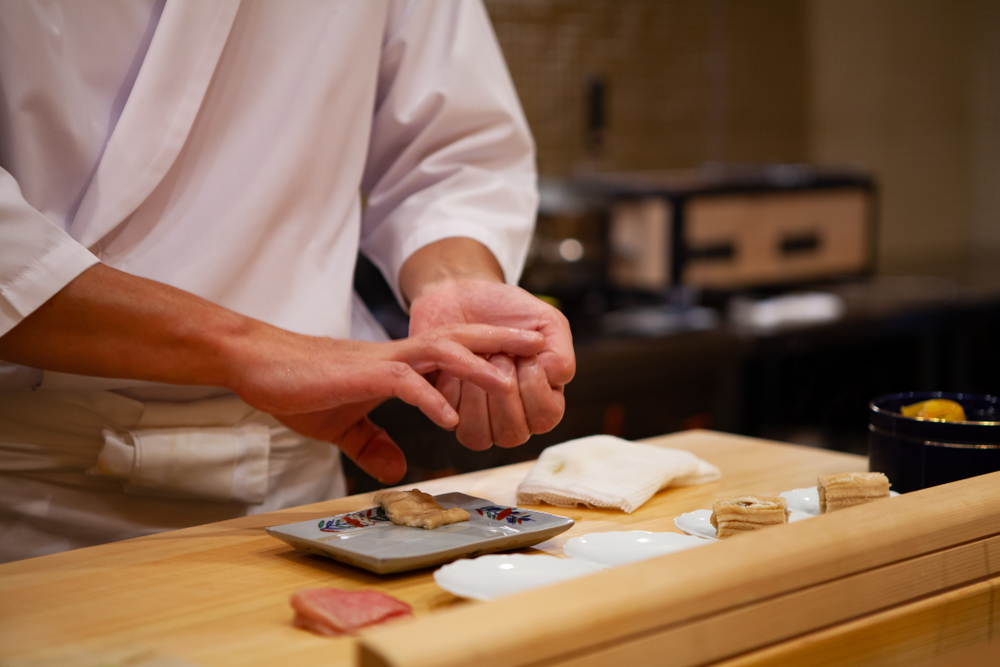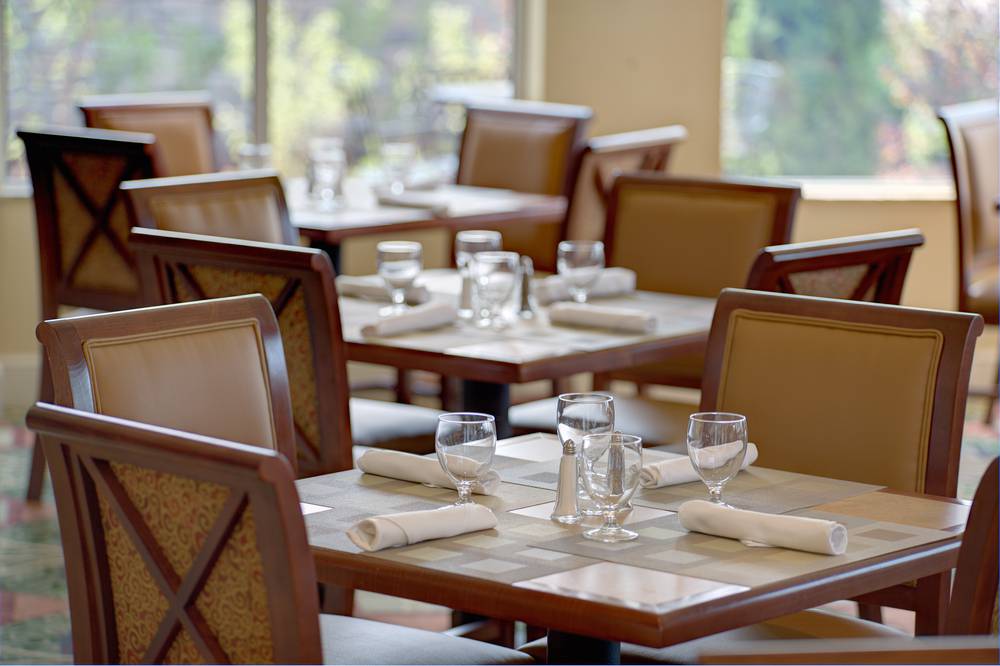What next after successful construction or purchase of a restaurant? You’ll probably be busy furnishing the kitchen, stocking up on supplies and writing the menu. When all is set, you may not yet be ready to open a restaurant with an official grand opening. You want the restaurant to be running smoothly when you finally invite the general public (after all, you don’t want poor reviews). The next logical step is hosting a soft opening for your restaurant.
What Is a Soft Opening for a Restaurant?
Also known as a soft launch, a restaurant soft opening is an event where you limit the number of guests to test the services. These people are probably your friends and family who can suggest improvements. The benefits of soft openings are indispensable.
It is entirely possible (and even recommended) to have multiple soft openings to test the skills of your staff. It is also a good chance to assess the effectiveness of kitchen equipment before the grand opening. Before hosting the test run, you have to make a few decisions concerning
-
The types of guests to invite
-
Whether or not to serve a full menu
-
The number of soft launches you want to host prior to the official grand opening day
-
How to collect feedback
The Purpose of Soft Openings

Your front-of-house staff such as waiters, bartenders, and hostesses will undoubtedly make mistakes, but they’ll also get a chance to correct them. The back-of-house employees like the chefs and line cooks also have an opportunity to refine their duties. Simply put, the event is a safe opportunity for achieving these objectives. Just be sure to invite the right people.
Unlike food critics and reviewers, friends and family will not be so hard on you. If you still want to invite the bloggers and critics, wait a while until your staff gains more confidence. Don’t hesitate to showcase your dining rooms and menu items. This is crucial when you have seasoned chefs and stewards on your team.
Aim to build professional relationships within the community. Partnering with local businesses and organizations is a great idea. If these are your main goals, focus on comradeship and generosity, have a wide variety of foods and drinks, and hire the right people to entertain the guests.
Benefits of a Restaurant Soft Opening
In addition to the benefits discussed above, here are a few more perks of hosting a soft opening for your restaurant:
-
Elicits essential feedback from guests
-
Builds the anticipation and helps with marketing
-
Prepares the employees by practicing table service and menu knowledge
-
Allows for adjustments depending on the feedback
-
Creates the urgency to officially open the restaurant
-
Helps to refine the logistics of the location such as the point of sale machine, seating capacity, kitchen equipment, layout, etc.
Ideas for Hosting a Restaurant Soft Opening
Important to note is that you shouldn’t delay the grand opening after hosting the soft launch. You might have leaked some ideas to competitors who could outmaneuver you. The last thing you want is a rival implementing your own ideas before you do.
1. Put the Word out
Announcing a soft opening for your restaurant is not like advertising a new product. Your entire business is at stake. It is imperative that you reach out to the right audience. Of course, the soft opening is not for the general public just yet, so you don’t need conspicuous signboards everywhere.
Consider inviting influencers. They will be more forgiving when you make mistakes if they are your friends. The most important thing is to define your objectives and target audience before announcing the soft opening event.
There are various ways you can make the announcement. You can opt for phone calls, snail mail, or email. Whichever medium you apply, make sure it reflects the new restaurant’s mission and personality. Phone calls are perfect for inviting a close circle of friends. On the other side, emails make more formal invitations. Include the following on your soft launch invitations:
-
Date and time
-
Location
-
Pricing (free, specific menu pricing, or flat-rate)
-
Dress code
-
RSVP method
-
Features like live music or freebies
2. Put Together a Good Menu
Want your dining place to be favored right away? Serve signature dishes on soft opening events. Pull off something that the guests will talk about for weeks to come. Think about recipes that match the event’s theme. Display several dishes and let the visitors know that you are bringing in more items. This gives them a reason to come back after the restaurant is fully open. Testing out your signature dishes on potential customers will make for a more memorable experience. Every time you host a soft opening, feature different menus to let customers explore further. If you want to give a full menu, it would be wise to limit the invited guests.
3. Have a Pricing Strategy
As you create a pricing strategy, determine what you want to achieve for every invited group of people. If you want to create goodwill, make the soft opening event completely free. The food should be palatable and the staff should behave professionally. Keep in mind, a free soft opening event won’t recoup costs, but it will provide greater value in the long run as a marketing scheme.
If you decide to charge full price, prepare to be generous with food portions. You can also give out freebies and gifts to encourage customer loyalty. It makes sense to reward guests who stand with you throughout the business journey.
4. Solicit Feedback
The soft opening for your restaurant is an avenue for learning. Take in as much information as you can. After all, the reason you invited guests in the first place was to get honest feedback. Ask them what they think about your service style, menu, and wine list. It can be something informal and simple like a questionnaire or starting a conversation on social media.
When receiving feedback, positive or negative, take it with gratitude and humility. Sit down with your staff to go over it and see what improvements need to be made. Most importantly, make sure you learn from the mistakes.
5. Create a Timeline
A soft opening can last anywhere between 3 and 14 days. The longer time frame allows you to figure out the number of soft launch events to hold. During this time, you also decide what to serve.
For instance, you can host intimate guests for three consecutive days. On the first day, give appetizers, beverages, and cocktails to local business owners. On the second day, offer breakfast and lunch to friends and family. And on the third day, provide a dinner meal.
If you prefer a longer 14-day soft launch strategy, consider multi-course dishes served over a span of several days. Note that these events can happen in the daytime or at night. You may also dedicate a day to a limited menu for the general public.
6. Advertise Your Business
To reach a wide audience, live showcase your menu during the soft launch. There are many platforms to achieve this, including social media. Go live on Facebook or create a press release. Give a sneak peek of some of your cuisines, or secure a stand at a local food show to get your name out there.
While a soft opening for your restaurant might feel like a delay of the official opening, it plays a big role in your business success. It is usually the first introduction to your neighbors, and it can show your interest in contributing to the community. This could earn your business some partnerships, among other benefits. To make the most of the event, collect feedback and make improvements.
If you need an advanced solution to manage sales and restaurant operations, request a free demo today!













